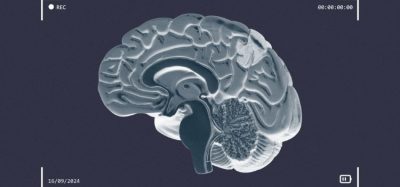Micropacemaker demonstrates improved approach to heart pacing
Posted: 27 June 2018 | European Pharmaceutical Review | No comments yet
Researchers at Children’s Hospital Los Angeles and the University of Southern California have demonstrated the feasibility of implanting a micropacemaker system in the pericardial sac surrounding the heart – a breakthrough that may open up new cardiac pacing options for children and adults.


The micropacemaker – inserted through a single tiny incision – avoids the need for an invasive surgical procedure and the associated complications that can result from long pacemaker leads (the wires that connect the pacemaker to the heart).
Commenting on the unique nature of the device, CHLA cardiologist Yaniv Bar-Cohen, MD, said: “Much about this device and its implantation is novel – starting with implanting an entire pacing system in the pericardial space in a minimally invasive fashion, which has never been done before.” Yaniv is director of the Southern California Consortium For Technology and Innovation in Pediatrics and professor of Clinical Pediatrics and Medicine, Keck School of Medicine of USC.
Bar-Cohen and Gerald E Loeb, MD, professor in the Department of Biomedical Engineering at the USC Viterbi School of Engineering, are lead investigators on the study. Along with Ramen Chmait, MD, associate professor of Obstetrics and Gynecology at USC, the research team is also collaborating on the invention of the first micropacemaker to treat foetuses in utero.
“Our work on the foetal pacemaker served as a bridge to this development,” said Bar-Cohen. Unlike the foetal system, the micropacemaker has the potential to benefit a much larger population, including children, individuals born with congenital heart disease, and adults for whom traditional pacemakers are not ideal.
Traditional systems – called transvenous – have been a primary solution for permanent pacing; however, many patients with slow or irregular heartbeats are not considered good candidates for such devices. The electrode wires are passed through veins into the right ventricle or atrium, often travelling long distances, making lead failure a challenge. Leadless systems, however, also present problems given their location inside blood vessels, which increases the risk of dislodgement and infection.
Making improvements via model system
The CHLA-USC research team performed percutaneous implantations in a model system, with a focus on improving the implantation tools and techniques from one experiment to the next. In the final procedure, they implanted a functional pacing system, achieving up to five days of pacing.
The investigators are seeking an industry partner to collaborate on further development of the device, which features several innovations. A flexible short lead acts as a spring-loaded hinge between the pacemaker body and a corkscrew electrode implanted perpendicularly into the heart surface. A sheath developed by the team secures positioning with retractable features. After deployment, the hinge returns to a 90-degree angle, as the micropacemaker orients itself to minimise system stress.
The new micropacemaker enables pacing of the left ventricle (LV), while most systems only pace the right ventricle. A growing body of research supports the benefits of LV pacing for better cardiac synchrony.
In addition, the design allows formation of a biological support matrix that results from natural fibrosis. “As a mechanical support, this living connective tissue has benefits over the use of synthetic polymer, which can degrade over time,” said Loeb. He added that further testing of the device is ongoing.
The study will be published by Circulation: Arrhythmia and Electrophysiology.
Related topics
Related organisations
Children's Hospital Los Angeles, University of Southern California









